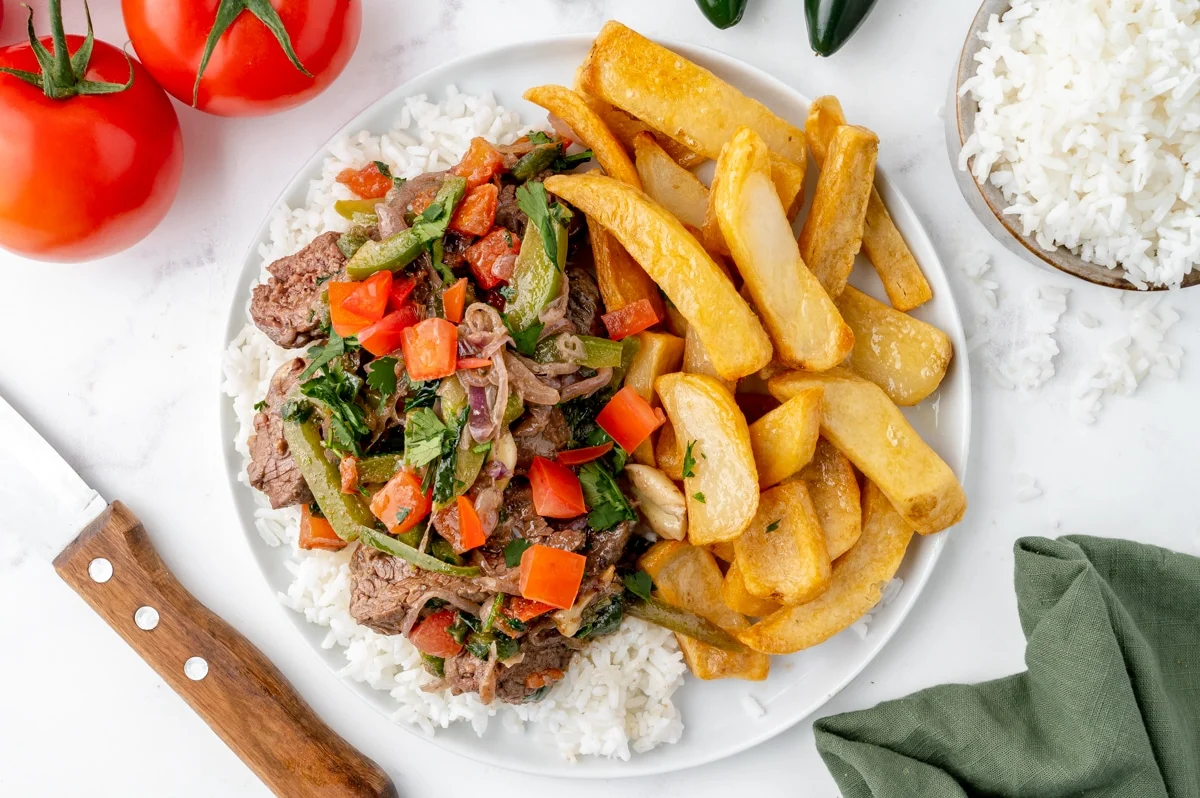Embarking on a culinary journey across the world is a sensory adventure like no other. The diverse spices and flavors that define global cuisine offer a tantalizing glimpse into the cultural and historical tapestry of different regions. To truly appreciate the richness of global cuisine, one must explore the unique ingredients, cooking techniques, and traditions that make each dish a work of art. Join us as we traverse continents, savoring the spices and flavors that bring global dishes to life.
Asia: A Symphony of Spices
Asian cuisine is renowned for its vibrant spices and flavors, each country offering its own distinct culinary identity. From the fiery heat of Thai chilies to the aromatic complexity of Indian curries, Asia is a paradise for spice lovers.
India
India’s global cuisine influence is profound, with its extensive use of spices such as turmeric, cumin, coriander, and cardamom. These spices are the backbone of many iconic dishes. Take, for instance, the beloved butter chicken, a rich and creamy curry that melds tomatoes, butter, and a harmonious blend of spices. Or the vibrant biryani, a fragrant rice dish cooked with saffron, cloves, and star anise, showcasing the art of spice layering.
Thailand
Thai cuisine is a delicate balance of sweet, sour, salty, and spicy flavors. The famous Tom Yum soup is a perfect example, combining lemongrass, kaffir lime leaves, galangal, and Thai chilies for a burst of spices and flavors. Another must-try is Pad Thai, a stir-fried noodle dish with tamarind paste, fish sauce, and chili, garnished with peanuts and lime for a delightful mix of textures and tastes.
Middle East: A Mosaic of Aromas
The Middle East offers a mosaic of spices and flavors that reflect its rich history and cultural diversity. Ingredients like saffron, sumac, and za’atar play a central role in creating the region’s distinctive dishes.
Morocco
Moroccan cuisine is a feast for the senses, with its complex spice blends and bold flavors. A signature dish is the tagine, a slow-cooked stew named after the earthenware pot it’s cooked in. Commonly prepared with lamb or chicken, tagines are infused with spices like cinnamon, cumin, and paprika, along with dried fruits and nuts, creating a sweet and savory masterpiece.
Lebanon
Lebanese cuisine is celebrated for its fresh ingredients and aromatic spices. The quintessential mezze platter, featuring dishes like hummus, baba ghanoush, and tabbouleh, showcases the use of garlic, lemon, and parsley. Shawarma, marinated and spit-roasted meat, is another staple, seasoned with a mix of spices such as allspice, cinnamon, and nutmeg, then wrapped in warm pita bread.
Europe: A Blend of Tradition and Innovation
European global cuisine is a blend of traditional recipes and modern techniques, with each country boasting its own signature spices and flavors.
Italy
Italian cuisine is synonymous with simplicity and quality ingredients. Herbs like basil, oregano, and rosemary are essential, adding depth to dishes like pasta and pizza. Risotto, a creamy rice dish, is often flavored with saffron, giving it a distinctive golden hue and a delicate aroma that elevates its taste.
Spain
Spanish cuisine is a celebration of regional diversity, with a focus on bold flavors and communal eating. Paella, the iconic rice dish from Valencia, is a testament to this, combining saffron, smoked paprika, and fresh seafood or meats. Tapas, small plates meant for sharing, highlight ingredients like garlic, olives, and chorizo, each bite packed with intense spices and flavors.

credit: getrecipekit.com
Africa: A Continent of Culinary Richness
African global cuisine is incredibly diverse, with each region offering unique dishes that reflect its history and cultural influences. The use of indigenous ingredients and spices results in flavorful and hearty meals.
Ethiopia
Ethiopian cuisine is known for its rich stews and the unique use of spices. Berbere, a spice blend that includes chili peppers, garlic, ginger, and several other spices, is a cornerstone of many dishes. Injera, a spongy flatbread made from teff flour, serves as both a utensil and accompaniment to dishes like Doro Wat, a spicy chicken stew.
West Africa
West African cuisine is characterized by its bold flavors and use of locally sourced ingredients. Jollof rice, a beloved dish across the region, is made with tomatoes, onions, and a mix of spices like thyme, nutmeg, and bay leaves. Suya, spicy grilled meat skewers, are seasoned with a peanut-based spice mix, offering a smoky and savory treat.
The Americas: A Melting Pot of Flavors
The Americas offer a vibrant tapestry of global cuisine, influenced by indigenous ingredients and immigrant traditions.
Mexico
Mexican cuisine is a lively mix of flavors, with chili peppers, cilantro, and lime playing prominent roles. Tacos, perhaps the most famous Mexican dish, can be filled with a variety of ingredients, from marinated meats to fresh vegetables, all seasoned with a variety of spices and flavors. Mole, a rich sauce made with chocolate and a complex blend of spices, is a staple that showcases Mexico’s culinary ingenuity.
Peru
Peruvian cuisine is a fusion of indigenous ingredients and immigrant influences. Ceviche, a dish of raw fish marinated in citrus juice, is a refreshing example, often spiced with aji peppers and cilantro. Lomo Saltado, a stir-fry of beef, tomatoes, and onions, reflects the Chinese influence on Peruvian global cuisine, seasoned with soy sauce and vinegar.
The journey through global cuisine reveals the incredible diversity and richness of spices and flavors that define each region’s culinary identity. From the aromatic curries of India to the vibrant dishes of Mexico, each cuisine offers a unique taste of the culture and history that shaped it. Embracing global cuisine not only delights the palate but also fosters a deeper appreciation for the world’s diverse culinary heritage. So, next time you sit down to a meal, let your taste buds travel the globe, savoring the spices and flavors that make our world so wonderfully delicious.


